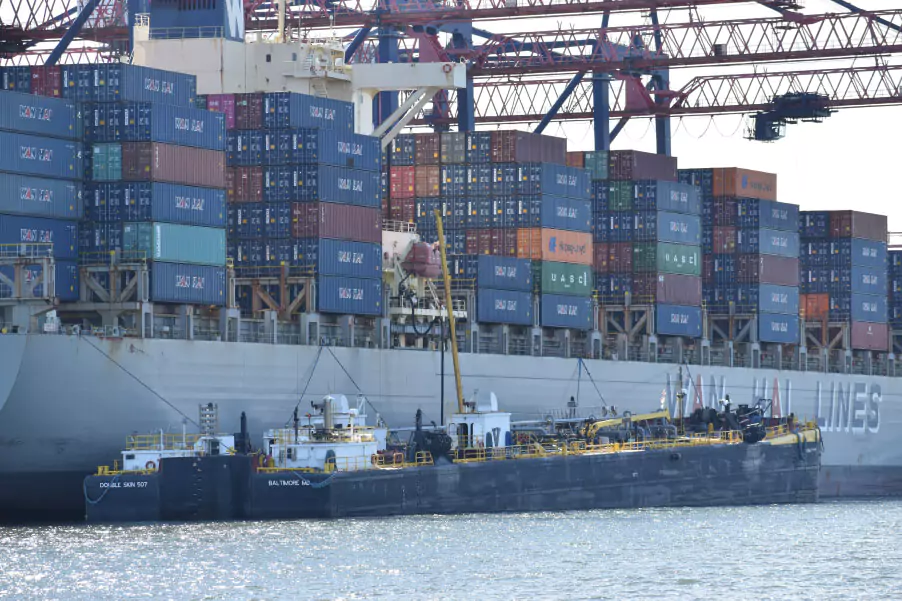March 27, 2023

Navigating Pricing Challenges in Logistics
For professionals in the logistics industry, pricing is a constant concern. After all, fair compensation is essential, and it’s also a legal requirement. Pricing in logistics has become even more critical and complex amid the COVID-19 pandemic and its lingering effects on global supply chains.
Supply Chain Struggles in the Pandemic Era
The COVID-19 pandemic has laid bare the vulnerabilities of global supply chains and contributed to various economic challenges. Supply chain issues continue to be a prominent issue, despite ongoing recovery efforts.
Trans-Pacific RFP Contracts and Balancing Volumes
Currently, the clock is ticking for this year’s trans-Pacific Request for Proposal (RFP) contracts, with just two weeks left for finalization. Importing inbound volumes have surged, reminiscent of the spring of 2020 when the pandemic was taking hold. The challenge lies in balancing these volumes and reaching agreements; otherwise, significant capacity cuts could occur in the trans-Pacific region.
Impact of Spot Rates and Service Reliability
The past two years have witnessed substantial increases in spot rates and a decline in service reliability due to the pandemic. As a result, U.S. importers were compelled to sign contracts at significantly higher rates and import larger cargo quantities than usual. This surge has inflated inventories in 2023, with some companies importing primarily to maintain supplier relationships or ensure survival.
Hope on the Horizon
Despite the challenges, analysts foresee potential stabilization in the second half of the year, leading to semi-normal market conditions. Some companies have mitigated the impact by taking on future spot risk.
Market Dynamics and Implications
These current and past conditions have shaped the logistics market in various ways. If carriers implement substantial capacity cuts, shippers who secured lower contract rates may encounter difficulties in 2023-2024. In a landscape where pricing is a constant concern, the logistics industry continues to adapt and navigate the challenges presented by the pandemic’s far-reaching effects on supply chains and global trade.
—Jack
© Advanced Logistics LLC 2023 | All Rights Reserved